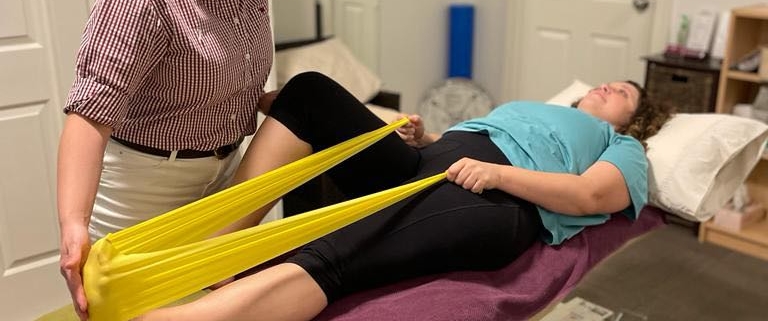What is Hypermobility
Hypermobility is present in up to 15% of the population in one form or another. For the general public, hypermobility most commonly refers to general joint hypermobility (or an increased range of joint movement). Being extra flexible is an advantage in activities such as swimming, dancing or gymnastics. Most flexible people don’t experience pain or symptoms due to their flexibility. However, being “flexible” or “double-jointed” is only one part of the large spectrum of hypermobility conditions. These conditions range from extra joint range to hypermobility spectrum disorder (HSD) or Ehlers Danlos Syndrome (EDS). The most common type of EDS is hypermobile EDS (or hEDS).
Symptoms of Hypermobility
Many of the people on this spectrum experience negative effects, some of the most common symptoms include:
- frequent subluxations or dislocations
- chronic pain
- neural tissue pain (eg. pins and needles)
- gut issues (eg. IBS)
- autonomic dysfunction (eg. POTS)
- anxiety
- fatigue
- general deconditioning
- excessive bruising
- disrupted sleep
- headaches / dizziness
- pelvic floor concerns or prolapse
Types of Treatment
If you, or someone you know, is living with hypermobility an important part of managing it is to have a team of informed health practitioners to support and guide you. The evidence for how to manage hypermobility tells us that general movement is key. Some of the types of movement that may be used include:
- strength training – improve muscle capacity for load
- proprioceptive training – improve awareness of body position in space
- aerobic training – improve general conditioning for activities
There is no specific “do this exercise to fix hypermobility”. It is important to take a holistic approach and consider each individual. Physiotherapy and exercise for hypermobility have been found to:
- increase general fitness levels and ability to complete daily activities,
- decrease pain and subluxations,
- improve confidence and self-esteem,
- decrease symptoms of autonomic dysfunctions (eg POTS).
How Physiotherapy Can Help:
Some of the ways a Barefoot Physiotherapist will work with you to manage your symptoms include:
- determine baseline of activity without symptom flare ups
- improve accessible range of movement without protective responses
- motor control and proprioceptive exercises to improve your mind-body map
- utilise an activity journal to establish better pacing strategies
- include mindfulness and relaxation exercises to support your parasympathetic nervous system (PNS)
- “low and slow” strength exercises to develop strength in muscles without symptom flare ups
- Guidance on external supports such a taping, compression garments or splints
- Strategies for pain managements including muscles releases, TENS, gentle movements
Hypermobility and its spectrum of conditions stems from dysfunctional collagen within the body. Because of this, hypermobility, HSD, hEDS and EDS are very much a systemic condition as collagen in found in nearly all (if not all) tissues within the body. Connective tissues provides strength and support, binds and separates tissues, and resists deformation while still having the ability to change and stretch. People with hypermobility disorders vary greatly in their symptoms and what has the largest impact to daily life and function. It is important to simultaneously manage your gut health, cardiovascular health, musculoskeletal health and mental health. A multidisciplinary team is important in the management of hypermobility.
If you are seeking support to self-manage hypermobility symptoms, contact the Barefoot Physiotherapy team on 1300 842 850 or book online for your first consult.








Leave a Reply
Want to join the discussion?Feel free to contribute!